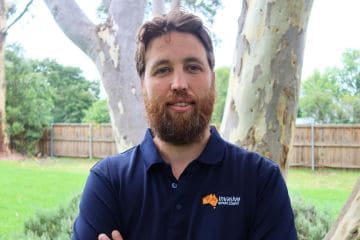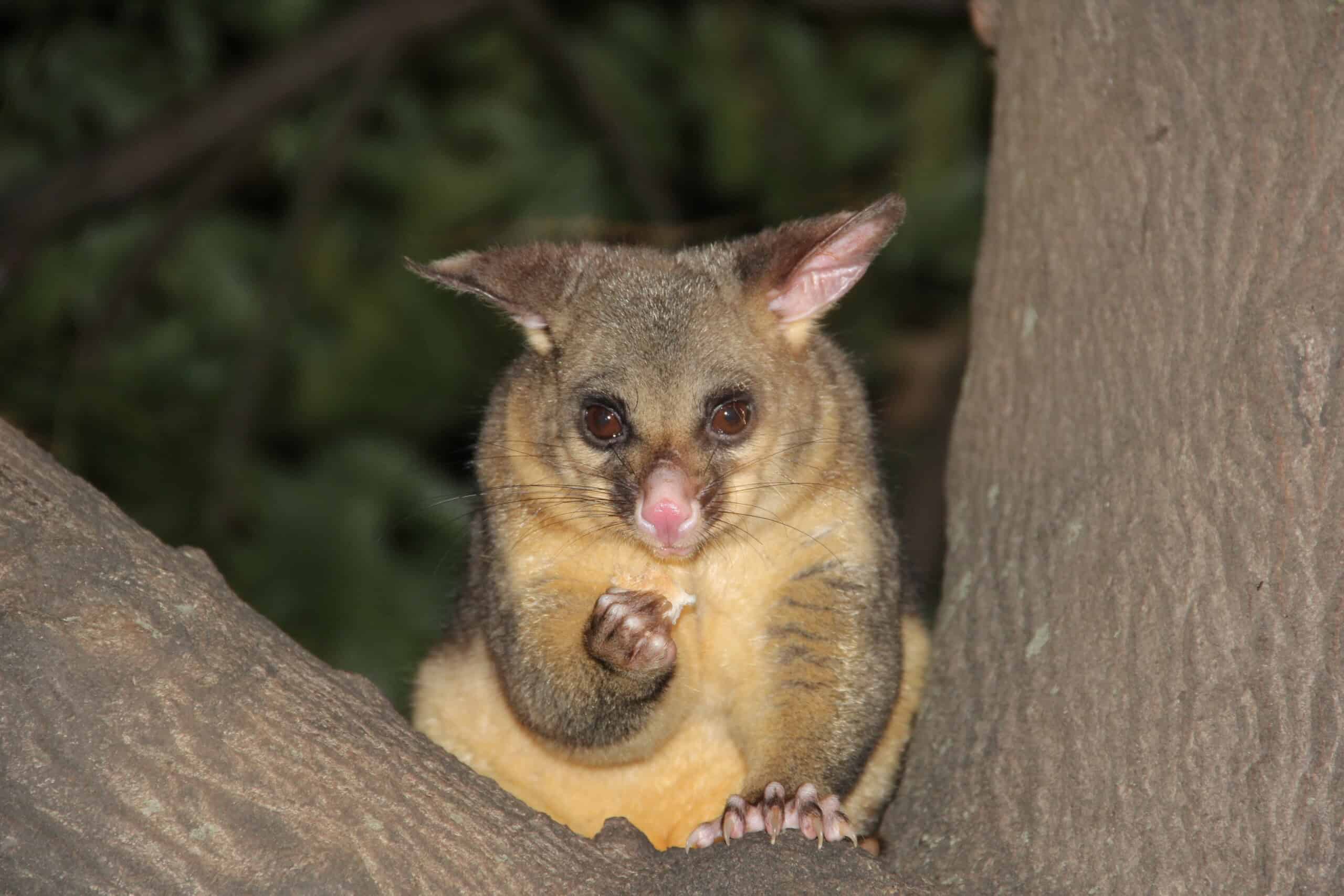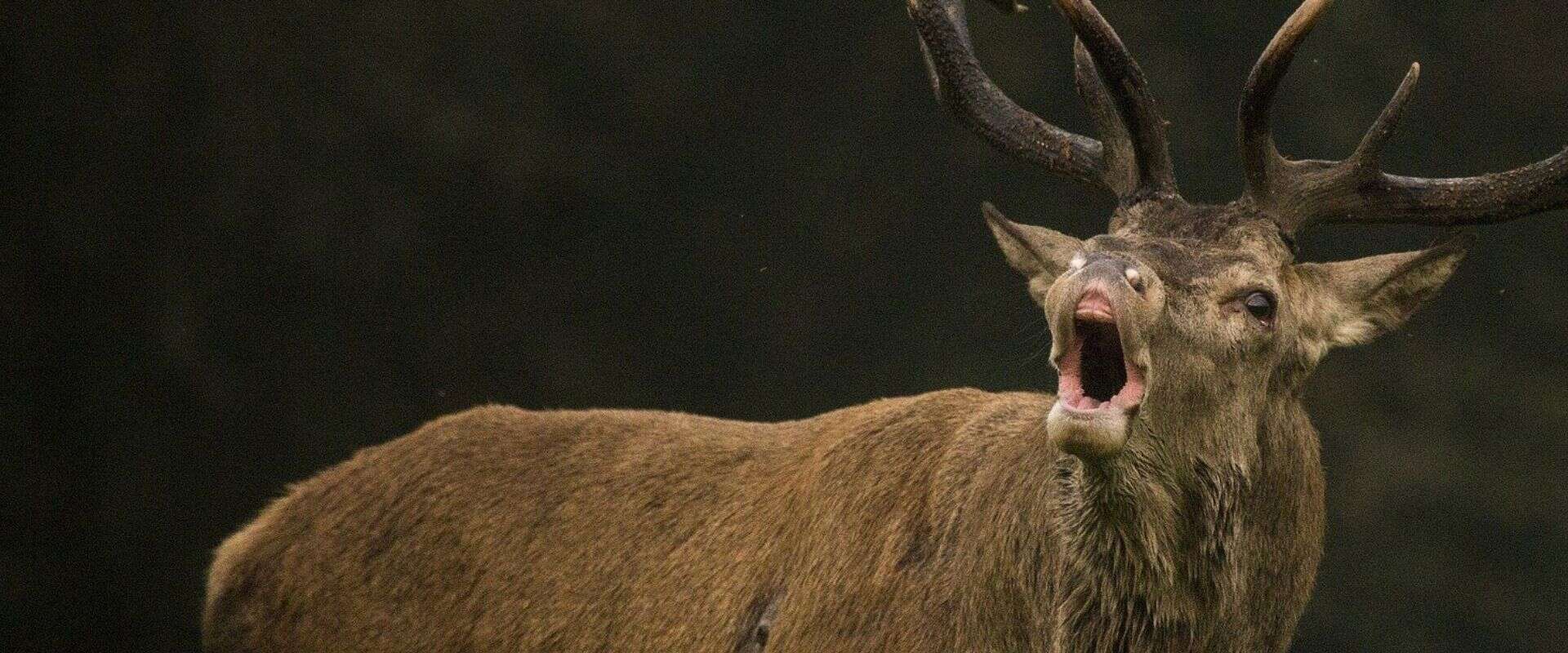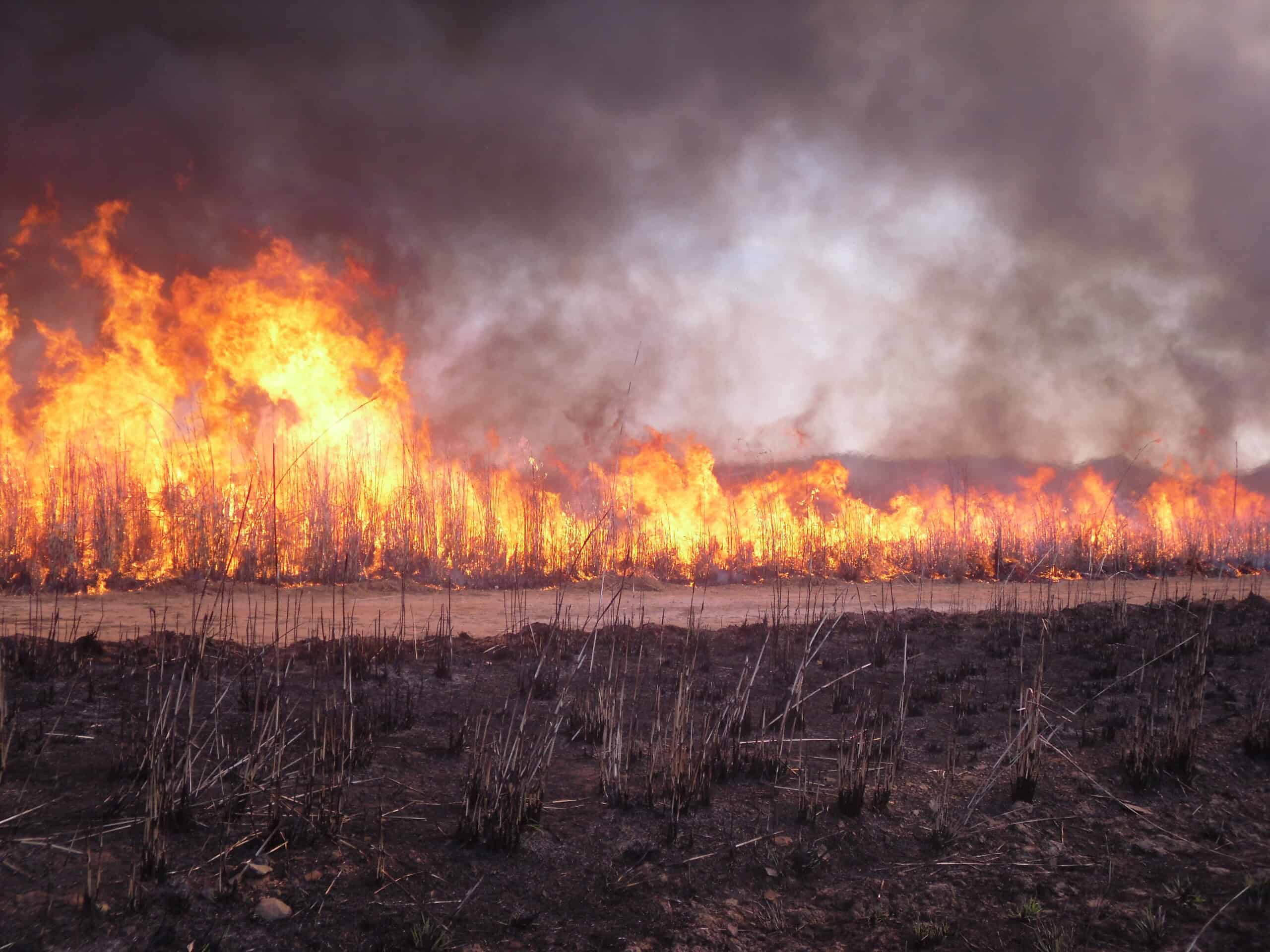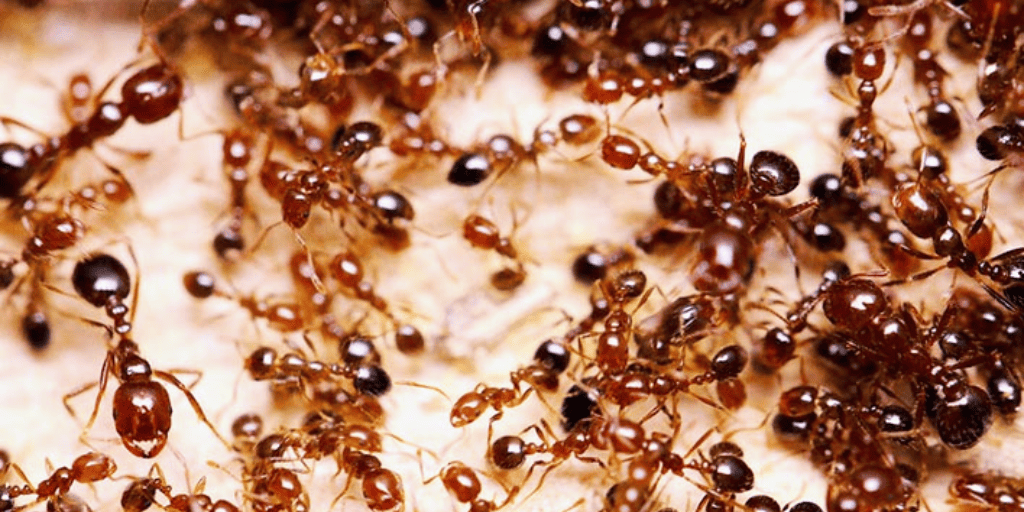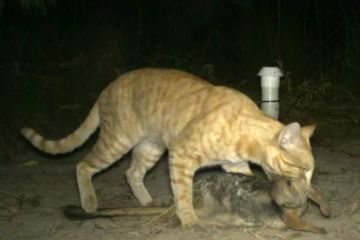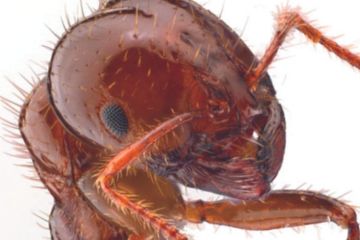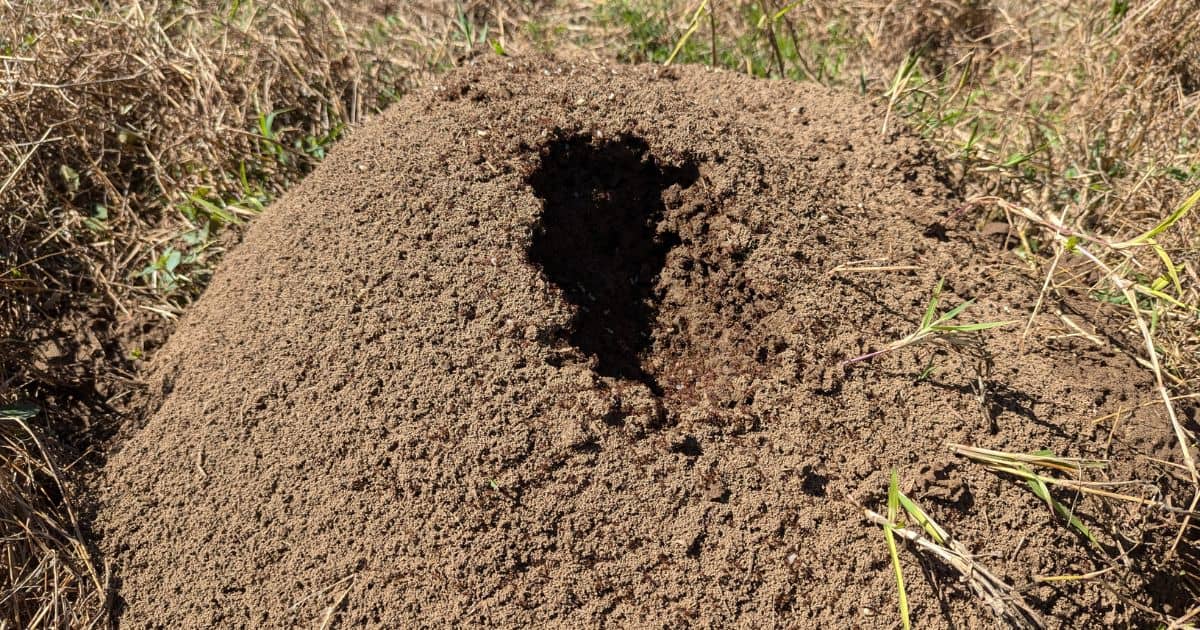
New fire ant outbreaks spark call for mines to foot the bill
The Invasive Species Council says mining companies should step in to cover the cost of fire ant outbreaks linked to their operations, after new detections confirmed infestations across five mine sites in Queensland’s Central Highlands and Isaac Council regions.






